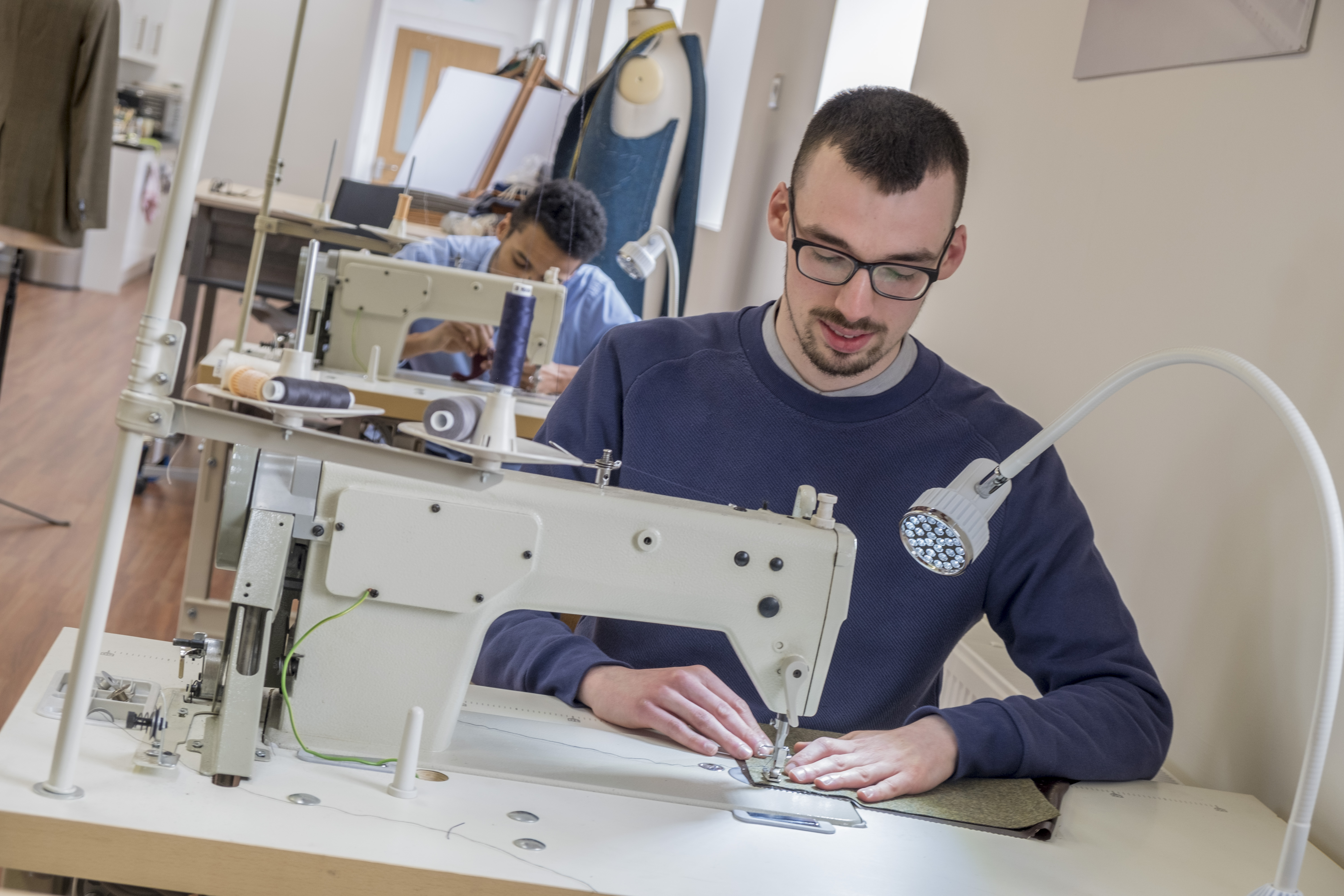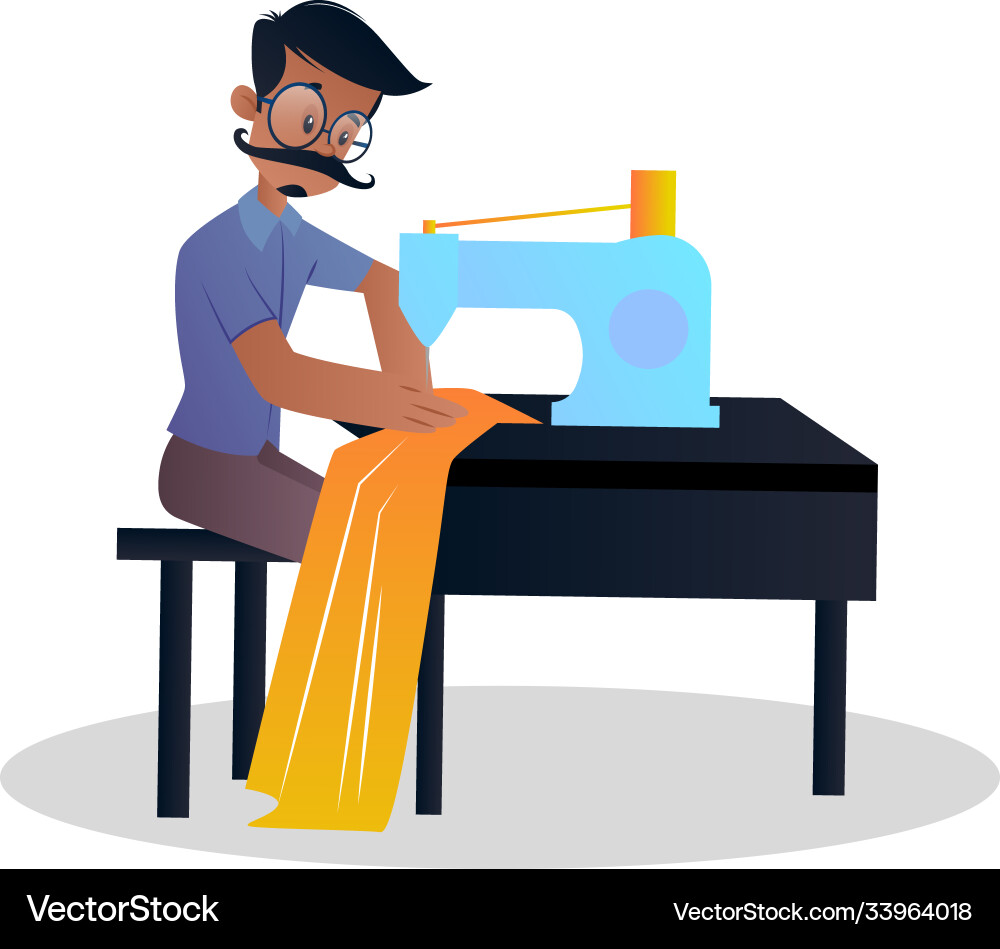Tailor Perth Excellence: Your Destination for Bespoke Tailoring
Tailor Perth Excellence: Your Destination for Bespoke Tailoring
Blog Article
Understanding the Tailoring Process: From Material Option to Final Fitting for the Suitable Wardrobe
The tailoring procedure is an intricate interplay of art and science, starting with the crucial choice of material choice and finishing in the exact changes of final fittings. Each fabric type brings distinct high qualities that influence not just the aesthetic appeal yet also the garment's longevity and suitability for different occasions. Understanding the subtleties of customizing techniques can raise one's closet to extraordinary degrees of sophistication. As we discover these aspects better, one should consider how even the tiniest information can substantially influence the overall result of one's individual design.
Significance of Material Selection
Picking the right material is important in the customizing procedure, as it directly influences the comfort, sturdiness, and general aesthetic of the final garment (tailor perth). The choice of textile sets the structure for the garment's style, capability, and performance. Different fabrics possess distinct buildings, such as breathability, stretch, and weight, which can considerably impact just how the garment drapes and fits the body
Additionally, fabric option impacts the garment's durability and simplicity of care. Top notch fabrics can stand up to deterioration, keeping their look and structure over time, while lower-quality materials might lead to pilling or fading. Additionally, the appropriate textile adds to the garment's capacity to transition throughout occasions and periods, thus improving versatility.
A tailored item made from a suitable fabric not just showcases craftsmanship however also boosts the user's self-confidence. Recognizing the nuances of fabric choice is critical for any type of tailoring endeavor. It guarantees that the final item not just meets the aesthetic desires of the client yet likewise aligns with functional needs, therefore accomplishing an unified equilibrium in between form and function in the tailored wardrobe.
Kinds Of Fabrics and Their Uses
Recognizing the various kinds of fabrics offered is important for making informed choices throughout the customizing process. Each textile possesses one-of-a-kind features that dictate its viability for particular garments and occasions.
Cotton, recognized for its breathability and gentleness, is suitable for sportswear and summer season apparel. Its convenience permits it to be customized right into everything from t-shirts to gowns. Wool, on the other hand, is preferred for its warmth and framework, making it an outstanding selection for formal suits and outerwear - tailor perth. Its natural elasticity helps garments maintain shape over time.
Silk radiates deluxe and is lightweight, making it perfect for eveningwear and delicate blouses; nevertheless, it requires cautious handling because of its fragility. Bed linen, with its textured surface, is a preferred selection for warm environments, providing a crisp and airy feeling, but it wrinkles quickly, which might affect the garment's look.
Artificial materials, such as polyester and nylon, deal resilience and resistance to creases, making them ideal for everyday wear and active clothes. Understanding these textile kinds and their residential or commercial properties enables better decision-making, making certain that each customized piece not just fits well yet additionally lines up with the desired purpose and event.
The Tailoring Techniques Discussed
The art of tailoring relies on a selection of techniques that change material right into well-fitted garments. Central to this process is pattern composing, where a dressmaker useful link creates templates based upon the client's measurements and preferred style. This preliminary action ensures that the garment will fit the wearer appropriately before any type of cutting happens.
Once patterns are established, cutting strategies enter into play. Precision is paramount as mistakes can lead to misfitting garments. Tailors often make use of different reducing techniques, such as single-layer reducing for complex styles and multiple-layer cutting for performance on common patterns.
Basting is another vital technique, enabling tailors to temporarily stitch textile assemble for an initial installation. This technique provides the chance to evaluate the drape and total silhouette before last stitching.
Seaming strategies, including french joints and flat-felled joints, boost the garment's durability and aesthetic allure. Tailors likewise employ strategies such as interfacing and extra padding to offer structure and shape to details areas, like shoulders and collars.
Lastly, finishing methods, consisting of hemming and edge finishing, make certain the garment's durability while offering a polished look. With each other, these techniques form the backbone of effective tailoring, leading to splendid, tailor-made garments.
Fitting Adjustments and Considerations

Trick factors to consider consist of the shoulder fit, which should neither sag nor limit motion, and more info here the sleeve size, which need to allow for comfy arm motion while preserving a polished look. In addition, modifications at the waist can improve the silhouette, with alternatives to allow out or absorb fabric as required.
The rise of pants is an additional critical factor; it ought to sit easily over the hips without causing pain, permitting for ease of movement. Hemming lengths for both trousers and skirts ought to reflect the user's recommended style while respecting proportions.

Keeping Your Tailored Garments
Always comply with the care tag guidelines, which may suggest completely dry cleaning for delicate textiles or device cleaning for more sturdy products. Stay clear of constant laundering, as this can wear down the material and modify the garment's shape.
Storage space is just as important; use padded hangers for layers and coats to preserve shoulder framework, and shop trousers folded up neatly or hung to stop creasing. Secure garments from straight sunlight, which can discolor shades and damages fibers.
In addition, periodic inspections for minor fixings can protect against bigger concerns. Check for loosened buttons, tearing joints, or indicators of moth damages, resolving these issues immediately to keep the garment's integrity.
Finally, take into consideration seasonal rotation. Wearing customized pieces in small amounts allows textiles to recover, expanding their life-span. By implementing these maintenance strategies, you can make certain that your customized garments stay as pristine as the day you initially used them, enhancing your perfect closet for many years click site ahead.
Verdict
The customizing procedure, incorporating fabric option, experienced strategies, and precise suitable adjustments, plays a critical duty in developing garments that boost both comfort and design. Each phase adds to the general efficiency of the end product, ensuring that apparel not only fits well but also shows private identification. Comprehending the relevance of maintenance prolongs the life of customized garments, solidifying their worth in a well-curated wardrobe. An extensive technique to tailoring culminates in a confident and polished appearance.
Picking the best textile is critical in the customizing procedure, as it straight influences the comfort, resilience, and overall aesthetic of the last garment. The choice of fabric sets the foundation for the garment's capability, design, and efficiency. Different materials possess distinct homes, such as weight, breathability, and stretch, which can significantly impact just how the garment drapes and fits the body.
The art of customizing relies on a selection of techniques that transform material into well-fitted garments.The tailoring procedure, including fabric selection, experienced techniques, and precise suitable adjustments, plays an essential role in creating garments that enhance both comfort and design.
Report this page